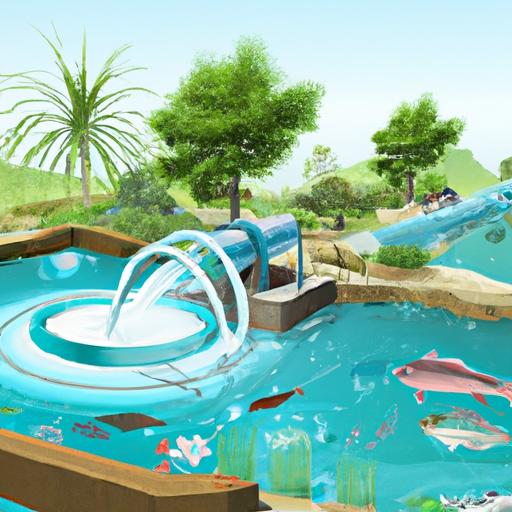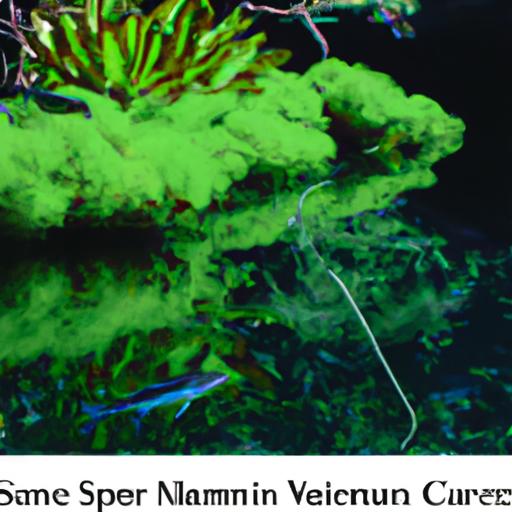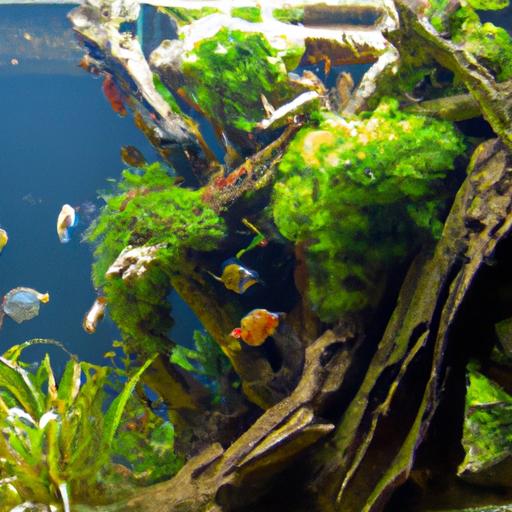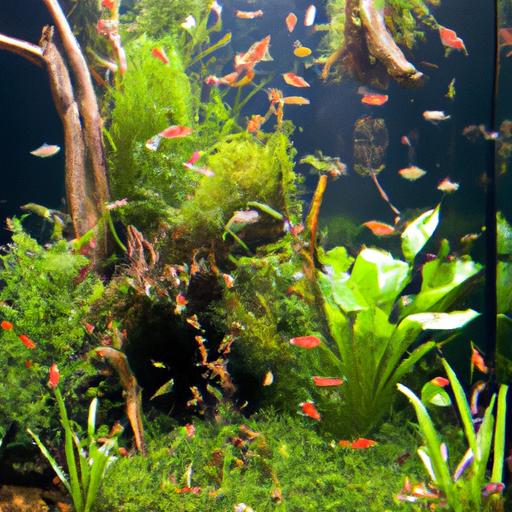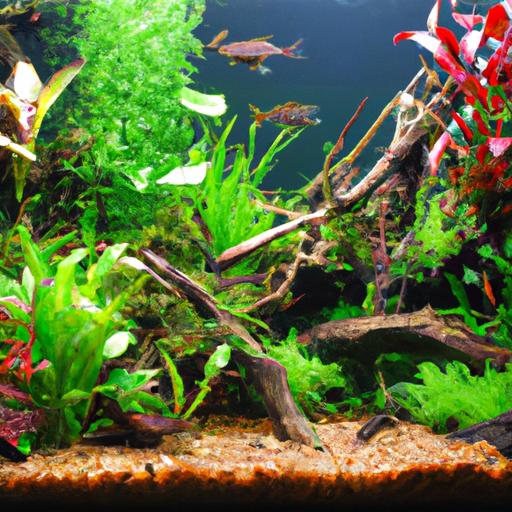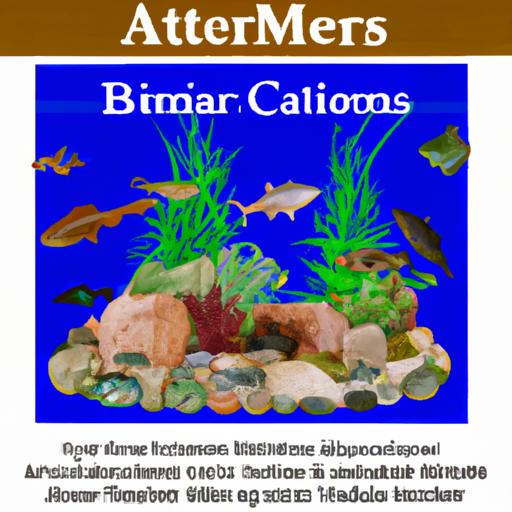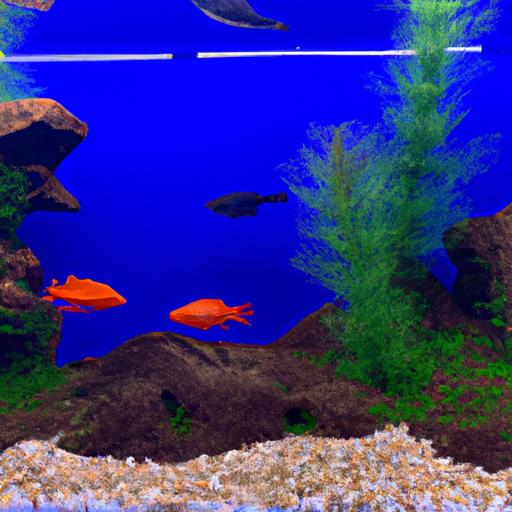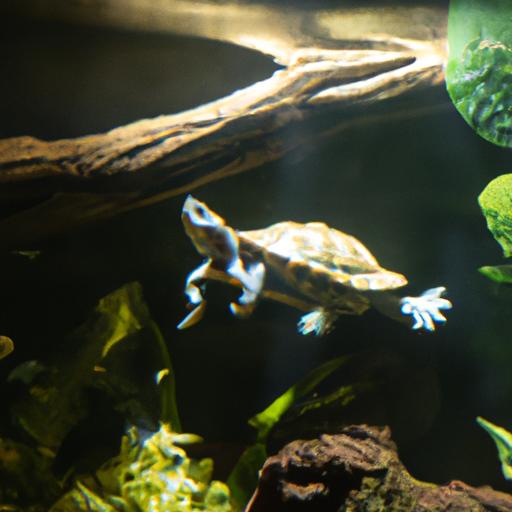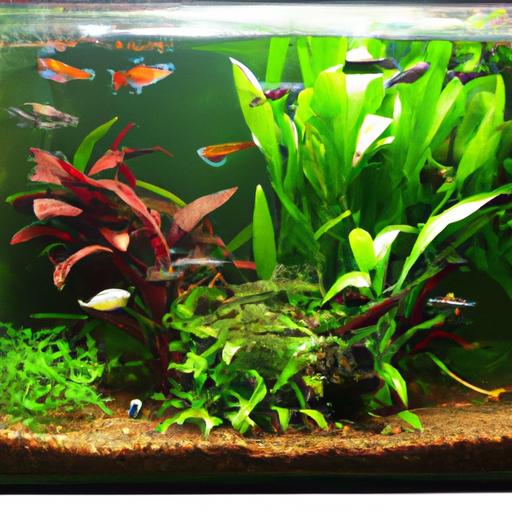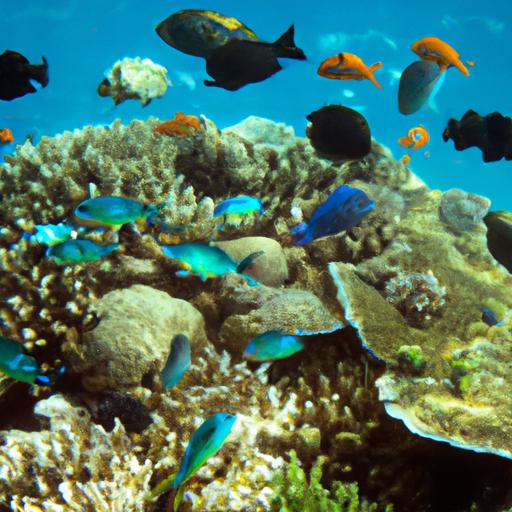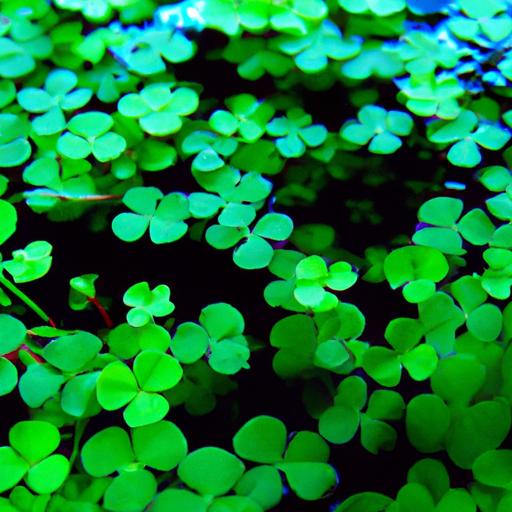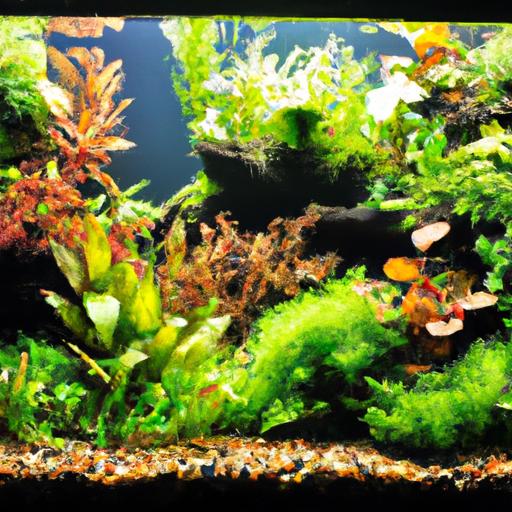
Tips for Aquascaping with Live Plants
Discover valuable tips and insights for aquascaping with live plants in your aquarium. Learn about plant selection, lighting, substrate, and more.
Aquascaping with live plants is a captivating way to create a stunning and natural-looking aquarium. Not only do live plants enhance the visual appeal of your tank, but they also provide numerous benefits for your aquatic ecosystem. In this article, we will provide you with valuable tips and insights on how to successfully aquascape with live plants, ensuring a thriving and beautiful underwater environment.
Selecting the Right Live Plants for Your Aquarium
Choosing the appropriate live plants for your aquarium is crucial for a successful aquascape. Consider the following factors when selecting your plants:
-
Lighting Requirements: Different live plants have varying lighting requirements. Some plants thrive in low-light conditions, while others require intense lighting. Take into account the type of lighting system you have and choose plants that are compatible with it.
-
Growth Rate: Live plants have different growth rates, ranging from slow to fast. It’s important to consider the growth rate of the plants you select to ensure they won’t overcrowd your aquarium or require excessive maintenance.
-
Compatibility with Fish: Certain fish species may nibble on or uproot delicate plants. Research the compatibility of your chosen live plants with the fish species in your tank to prevent any issues.
-
Maintenance Level: Some live plants require more care and maintenance than others. Consider your level of commitment and choose plants that align with your desired maintenance routine.
Understanding the Lighting Requirements for Different Plants
Proper lighting is essential for the growth and health of live plants in your aquarium. Here are some tips to ensure your plants receive adequate lighting:
-
Determine the Correct Lighting Intensity: Different plants have different lighting intensity requirements. Low-light plants typically require around 1-2 watts per gallon, while high-light plants may need 3-5 watts per gallon. Adjust your lighting system accordingly.
-
Consider the Lighting Spectrum: Plants require a balance of different light spectrums to carry out photosynthesis effectively. Invest in a lighting system that provides a full spectrum of light, including red, blue, and green wavelengths.
-
Monitor Lighting Duration: Most live plants require 10-12 hours of light per day. However, it’s important to avoid excessive lighting, as it can cause algae growth and harm your plants. Use a timer to ensure consistent lighting durations.
Choosing the Appropriate Substrate for Plant Growth
Selecting the right substrate for your live plants is essential, as it provides essential nutrients and anchors the plants in place. Consider the following substrate options:
-
Aquatic Soil: Aquatic soil is specifically designed for planted aquariums. It is rich in nutrients and facilitates healthy root growth. Choose a substrate that is specifically labeled for aquatic plants.
-
Gravel and Sand: Gravel and sand substrates can also be used for live plants. However, they may not provide as many nutrients as aquatic soil. Consider supplementing with root tabs or liquid fertilizers for optimal plant growth.
-
Substrate Depth: Ensure that the substrate depth is appropriate for the plants you choose. Some plants have shallow root systems, while others require deeper substrate for anchoring. Research the specific requirements of your chosen plants.
Properly Planting and Arranging Live Plants in the Aquarium
Planting and arranging live plants in your aquarium is a creative and enjoyable process. Follow these tips to ensure successful placement:
-
Prepare the Plants: Before planting, gently remove any excess gel or rock wool from the roots of the plants. Trim any damaged or overly long roots.
-
Create a Planting Plan: Sketch out a planting plan to visualize the placement of each plant. Consider the size, color, and growth patterns of the plants to create an aesthetically pleasing arrangement.
-
Start from the Back: Begin planting from the back of the aquarium and work your way forward. This creates a sense of depth and allows taller plants to serve as a backdrop for shorter ones.
-
Leave Space for Growth: Leave ample space between plants to allow for growth and prevent overcrowding. Overcrowding can lead to nutrient deficiencies and hinder plant growth.
-
Anchor Plants Properly: Ensure that plants with root systems are securely anchored in the substrate to prevent uprooting. Use planting tweezers or your fingers to gently press the roots into the substrate.
-
Regular Maintenance: Regularly trim and prune your plants to maintain their shape and prevent overgrowth. Remove any dead or decaying plant matter to maintain water quality.
Frequently Asked Questions (FAQ)
Q: Can all types of aquarium plants be grown with live plants?
While most aquarium plants can be grown using live plants, it’s important to consider the specific needs and requirements of each plant. Some plants may require specialized care or specific water parameters to thrive.
Q: How often should live plants be trimmed or pruned?
The frequency of trimming or pruning live plants depends on their growth rate and desired appearance. Fast-growing plants may require trimming every few weeks, while slower-growing plants may only need occasional maintenance.
Q: What are some common issues faced when aquascaping with live plants?
Common issues when aquascaping with live plants include algae growth, nutrient deficiencies, and plants not thriving. These issues can often be mitigated by ensuring proper lighting, nutrient supplementation, and regular maintenance.
Q: Do live plants require any special care or maintenance?
Live plants do require some care and maintenance. This includes monitoring lighting and nutrient levels, trimming and pruning as needed, and addressing any signs of nutrient deficiencies or algae growth.
Conclusion
Aquascaping with live plants adds a touch of natural beauty to your aquarium, while also providing numerous benefits for your aquatic inhabitants. By selecting the right live plants, understanding their lighting requirements, choosing appropriate substrates, and properly planting and arranging them, you can create a captivating underwater landscape. Remember to provide regular care and maintenance to ensure the long-term health and vitality of your live plants. Enjoy the process and watch as your aquascape flourishes into a stunning underwater masterpiece.
Click here for more tips on aquascaping with artificial decorations
Click here for tips on aquascaping with live driftwood
Click here for ideas on designing a stunning freshwater planted goldfish nano community tank
